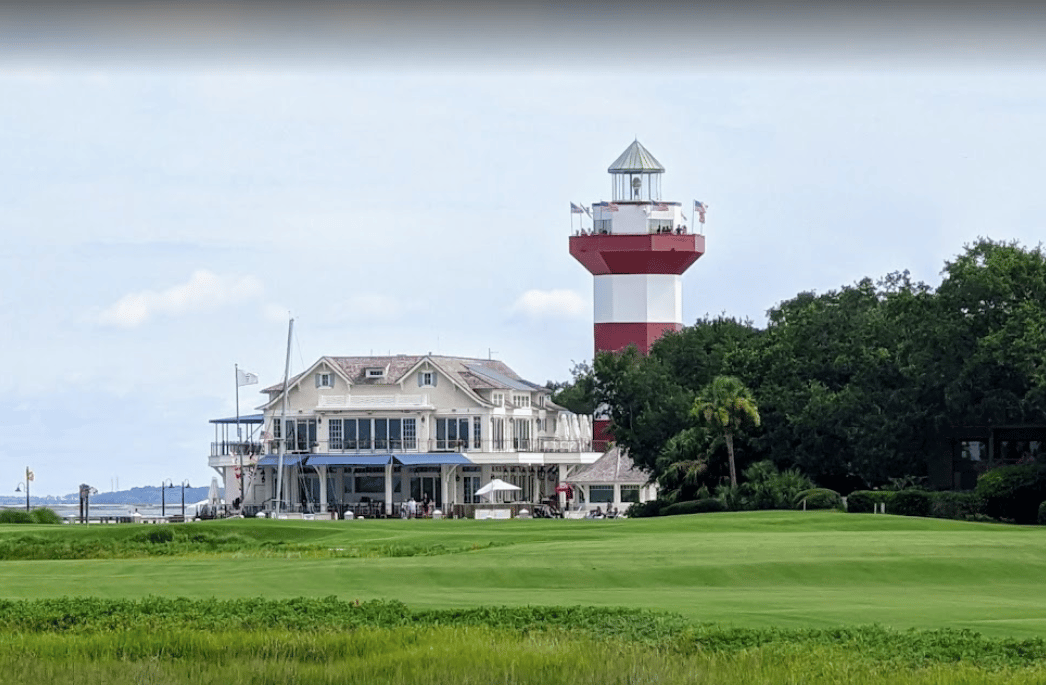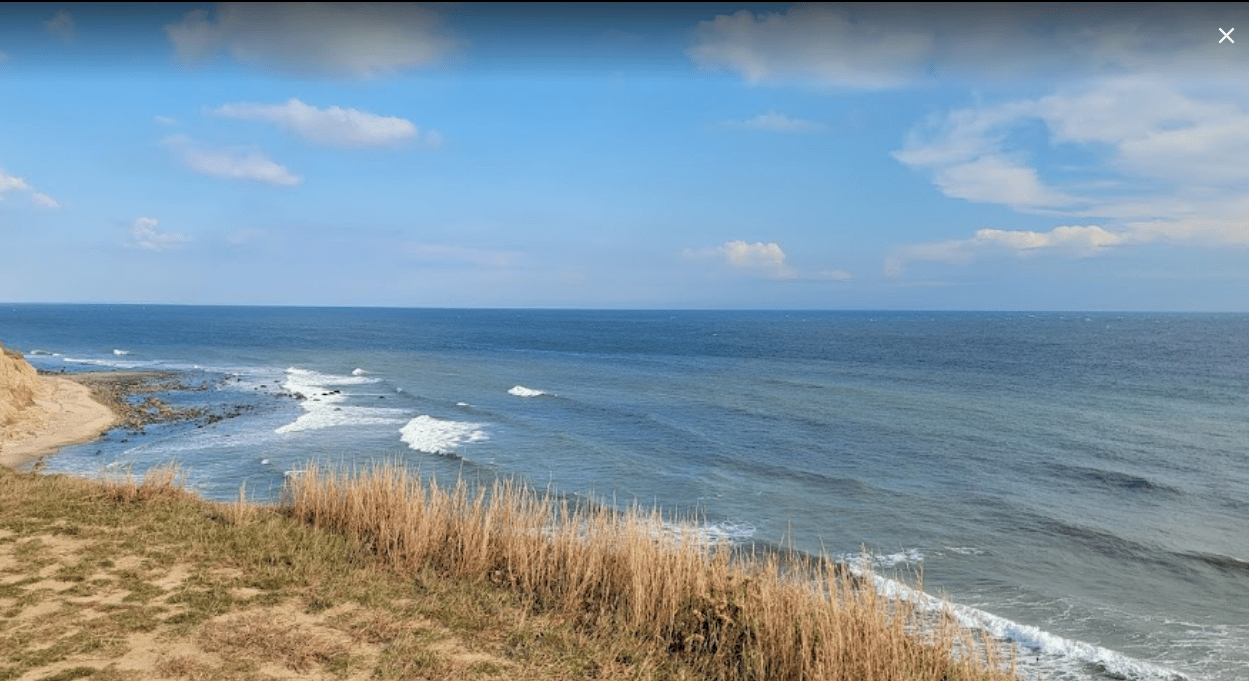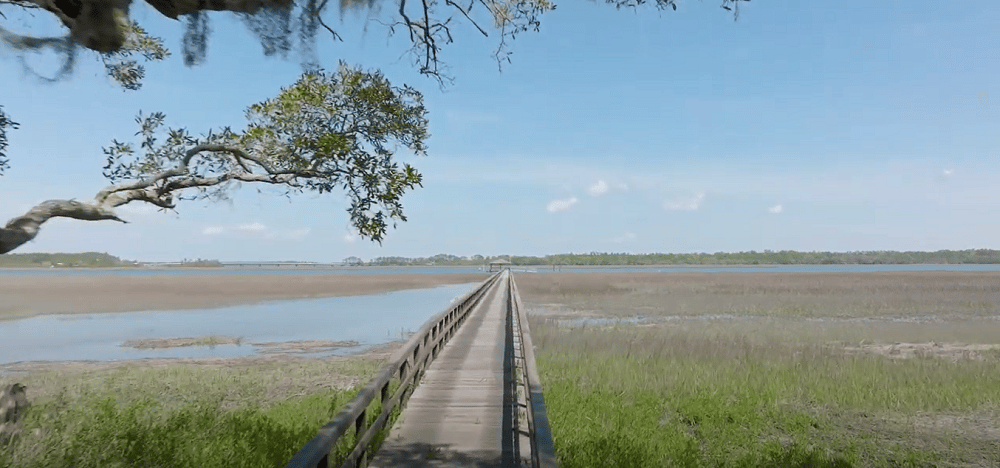Beaufort County, South Carolina

It’s a great city to live in since there are many activities options. There are more than 50 places to visit for residents and visitors, including shopping at Beaufort stores or taking guided tours. In addition, Beaufort is home to Hunting Island, a gorgeous habitat for wildlife. Its blue waters and white sand make it the second-most famous South Carolina beach.
Famous Spots and Interesting Facts About Beaufort
Beaufort is a lovely and tranquil place steeped in natural and historic beauty, but you might not realize how beautiful the natural and historical aspects are. Here are some of its facts and most cherished spots.
1. Beaufort was founded in 1711 and was the second-oldest city in South Carolina after Charleston. While the town’s harbor was ideally situated near the deep and protected Port Royal Sound entrance, the town’s development was much slower than the nearby Charleston. Conflicts with native tribes in the region and continuous threat of attack from the Spanish in Florida.
2. French colonists established the very first European settlement on the island around 1562, near Parris Island. They named the settlement Charlesfort.
3. Charlesfort was a French colony that lasted only a few years. The French Navy did not return to replenish the soldiers-settlers desperate for items. The colonists became agitated and built a ship for themselves.
4. Port Royal Sound was the first American port to open a transatlantic vessel following the French colonists building it.
5. It’s possible to think that Beaufort was founded by the French also, with its French-sounding name. However, it was established by the English and was named in honor of Henry Somerset, the Duke of Beaufort.
6. Beaufort is made up of 68 smaller islands. The town is as much water at high tide as it is on land.
7. Beautiful salt marshes surround Beaufort. Beaufort County is home to nearly 25% of the east coast marshland.
8. Frogmore Stew received its distinctive name from the Gay Fish Company sometime around the 1960s. But the South Carolina-based dish has been a staple Lowcountry meal since around ten years ago. It is also sometimes called Beaufort Stew.
9. There aren’t any frogs present in Frogmore Stew. It’s made with potatoes, sausage, and shrimp. Frogmore is the name given to a village close to St. Helena Island. It’s sometimes referred to as Lowcountry boil however it’s not poetry.
10. Robert Smalls, an enslaved man, arranged and carried out one of the most daring escapes during the Civil War to liberate his wife and children. He commanded and piloted a Confederate ship through Charleston Harbor to freedom. He was born and died in Beaufort in the city of Beaufort, and it is still possible to see his home today, located at 511 Prince St.
Activities to Try in Beaufort
The charm of South Carolina’s second-oldest city is evident in its gorgeous surroundings and friendly atmosphere. Beaufort, South Carolina, is well-known as the Queen City of the Carolina Sea Islands. It’s the perfect getaway from the hustle and bustle. This laidback city of over 13,000 residents is just short of 4 hours from Queen City, offering peace and tranquility that tourists long for and residents adore. So grab a sunhat, relax, unwind, and prepare to unwind in this little slice of Southern paradise.
Port Royal Island, one of South Carolina’s coastal Sea Islands, a charming waterside city, is a living landmark. Its documented history goes back to more than 500 years. Beaufort County was the site of the second North American continent landing by European colonists. An array of historical places showcase this time in history with iconic landmarks like the Beaufort National Cemetery, the Beaufort Arsenal, and the Santa Elena History Center, to name a few. The stunning Beaufort backdrop may be familiar to you. The port city left its mark in cinema history, starring in legendary films like The Big Chill, The Great Santini, and Forrest Gump. The city is still in the spotlight, with blankets of Spanish moss crisscrossing over the town’s main pathways as dreamy, antebellum-style architecture hugs every corner.
Towns In Beaufort County You Should Visit
Hilton Head

Hilton Head is a great location to live. To be part of Hilton Head, you’re going to be required to slow down. The barrier island of 42-square miles is frequently home to wealthy patrons, but you don’t need to hurry to keep up. Pay attention to the pace of the people who live there. They are part Gullah descendants, formerly enslaved people who settled in the region. There are additionally East Coast mainlanders who call Hilton Head their second home. The top fairways and clean beaches make you feel like an old-fashioned person. Young families will also be a common sight. This isn’t the spot for those looking for a vibrant nightlife scene. This isn’t to say there’s no nightlife. It is present as leisurely evening meals at sunset and live music along the water. It’s possible to relax when you’re in Hilton Head. The island is home to many natural attractions, such as the Coastal Discovery Museum and the Pinckney Islands National Wildlife Refuge. Additionally, there are 12 miles of beach. Hilton Head is the perfect place to unwind, practice your backhand, or get close to wildlife in the low country.
Bluffton SC

Bluffton’s lifestyle based on the coast has earned it the status as one of “the only true coastal villages of the South.” Alongside being a place to work, live and play among the Lowcountry’s natural resources, Bluffton residents pride themselves in their sense of community and their non-conforming ways. Bluffton is often described as being a diverse place. It’s the home of many art galleries, festivals, artists, and parades. Bluffton was the center of the separatist movement in 1844. Robert Barnwell Rhett was a South Carolina congressman who spoke to 500 people in Bluffton under an Oak Tree to protest federal taxes. He also addressed other issues that impacted the South. This event started the Secession movement, which caused South Carolina to be the first state to leave the Union in 1860. That tree still exists today in Bluffton.
Preserving history and the town’s remaining buildings from the Reconstruction Era has resulted in a surge in tourism and numerous local, regional, and national accolades. Even as the times change, the reasons that people visit Bluffton continue to be relevant. Bluffton’s beauty, culture, and high-quality life are why people move to Bluffton. The Historic District is still the center of business, shopping, and community gatherings. There are still people who fish, oysters, and shrimp along the May River. Bluffton is the place to get the finest seafood in the Lowcountry. Tourists and residents flock to Bluffton to observe oystermen harvest May River oysters the old-fashioned way with gloves, hands, and tiny boats called bateau. The oysters are then transported to the historic Bluffton Oyster Company, where employees are among the many who have worked for generations and shuck the oysters. The Bluffton Oyster Company is the only hand-shucking facility in the state.
Okatie SC

Okatie is among the top education levels in the United States. For the adult population of 25 and older in Okatie, 49.68% have at least a bachelor’s degree. The average US community has 21.84 percent of its people with a bachelor’s or a master’s degree. The average per capita income in Okatie in the year 2018 was $47,964, which is a lot of money compared to South Carolina and the nation. Okatie residents are open to all ethnicities and races. However, Okatie residents usually self-identify as White. Black or African-Americans are the next. Important ancestries of people in Okatie are English, German, Irish, Italian, and Polish. The most popular language spoken in Okatie is English. However, Spanish, as well as Polish are also significant local languages.


